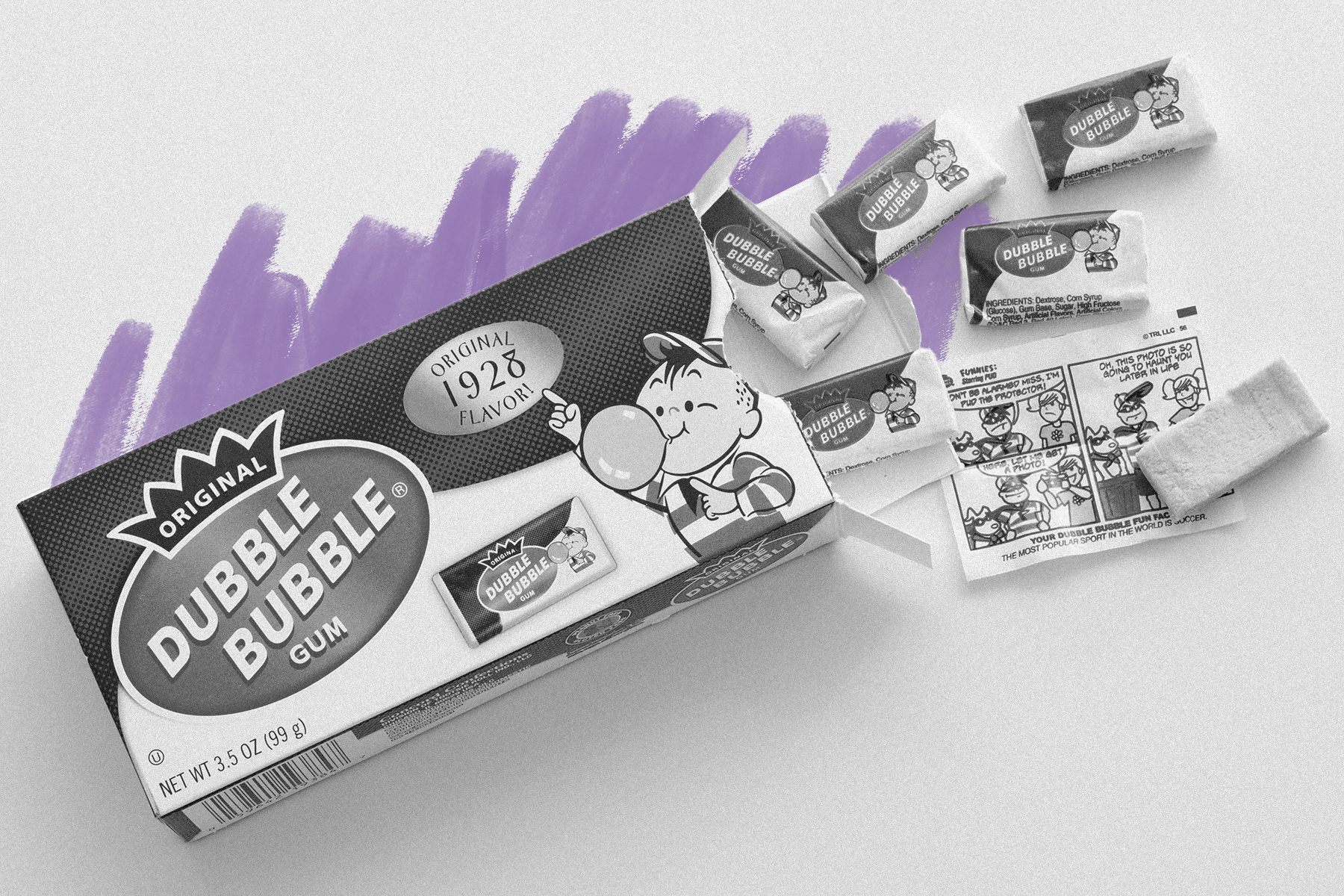 |
Bubble gum is pink because it was the only dye the inventor had on hand. |
Science & Industry |
 |
| |
| Diemer spent his downtime experimenting with the company's gum recipes, and he eventually came up with a more pliable chewing gum that, for the first time, could easily form and hold a bubble. The new formulation was appealing, but its appearance certainly wasn't — the chewy gray substance needed some color. The only dye Diemer had on hand at the time was red; with no other choice, he added it to his mixture to give it a cheerful tint, and the first batch of pink bubble gum was born. Fleer demonstrated the new bubble gum at a local grocery store and had an immediate hit on its hands. The gum was named Dubble Bubble and inspired a slew of pink copycats — including the famous Bazooka Bubble Gum released just after World War II. | |
 | |
 | |||
| |||
Hands Down Some of the Best 0% Interest Credit Cards | |||
| Thank you for supporting our sponsors! They help us keep History Facts free. |
 | |||||||||
By the Numbers | |||||||||
| |||||||||
| |||||||||
 | |||||||||
| |||||||||
Gum doesn't actually take seven years to digest. | |||||||||
| Gum is many things, including chewy, flavorful, and sticky. It's possible that last attribute led to the long-standing myth that gum will stay in your body for seven years if you swallow it, but that myth is not actually true. Most gums contain a base, softeners, preservatives, and sweeteners or other flavors. While most of these ingredients are easily broken down by our digestive enzymes, the gum base is not — not unlike fiber, corn kernels, and some seeds that can't be digested by the body. But if you swallow a piece of gum, it isn't going to stick around — it'll simply travel the same path as other foods and pass out of the body, typically within 24 to 48 hours. | |||||||||
 | |||
Recommended Reading | |||
 | |||
| | |||
 | |||
| | |||
| + Load more | |||
| |||||||||
| 700 N Colorado Blvd, #513, Denver, CO 80206 | |||||||||






No comments:
Post a Comment